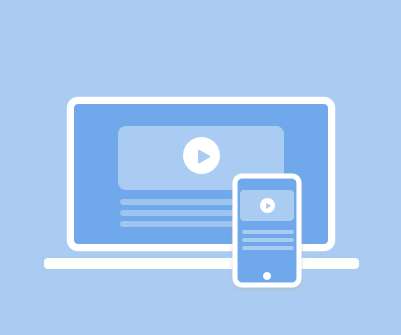8 Steps for an Awesome eLearning Storyboard
eLearning Brothers
DECEMBER 16, 2013
Here is an eLearning inforgraphic for Instructional Designers that uses eight steps for an Awesome eLearning Storyboard. With these eight steps and along with the Free Instructional Design Storyboard template , you will have a the tools you need for awesome eLearning Storyboards. How to Make an Awesome eLearning Storyboard.



























Let's personalize your content